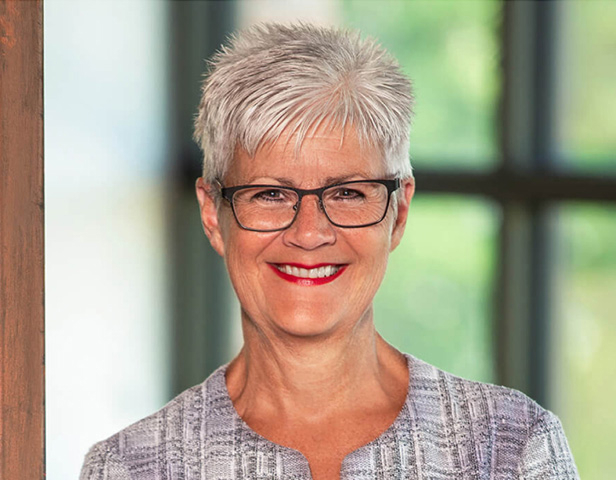Co-operative strength in challenging times

“Our co-operative identity shapes our financial strength and stability by prioritizing long-term resilience over short-term gains.”
Karen Higgins, Chief Financial Officer
2024 financial position summary
Our total assets were $20.7 billion; our total liabilities were $15.4 billion; and our total equity was $5.3 billion.
2024 income statement overview
Our total revenue was $7,327.3 million; our total expenses were $6,965.4 million; and our net income was $361.9 million.
2024 capital position
216%The Co-operators General Insurance Company Consolidated Minimum Capital Test (MCT) was 216%.
The Office of the Superintendent of Financial Institutions Supervisory MCT Target: 150%
168%The Co-operators Life Insurance Company Consolidated Life Insurance Capital Adequacy Test (LICAT) was 168%.
The Office of the Superintendent of Financial Institutions Supervisory LICAT Target: 100%
Chief Financial Officer (CFO) interview
Co-operators CFO Karen Higgins discusses the financial performance of our group of companies, from the issues and trends in our midst, to the financial challenges we’ve faced and the areas where we had the greatest success.
What issues and trends were top of mind as we consider our 2024 financial performance?
Karen Higgins (KH): 2024 not only set a record as the costliest year for catastrophic insured losses in Canada – it exceeded the previous record by over 35 percent. Our performance was greatly impacted by these catastrophes with an impact to our pre-tax bottom line of over $300 million. Looking past the catastrophic event losses, our P&C operations, but particularly within auto, also continue to be challenged by the changing nature of claims as we experience higher claim frequency and severity levels due to higher claims inflation. We have addressed these strains on our profitability with targeted rate increases, as well as enterprise-wide expense management initiatives.
Overall, how did we perform financially in 2024?
KH: Our bottom line was much improved compared to 2023, as our total net income increased by $113 million. Nevertheless, we still fell short of our profitability targets. Equity markets and overall macroeconomic conditions were very strong in the year, and we were able to take advantage of higher investment yields which boosted our bottom line.
Along with the previous mentioned P&C claims challenges, our bottom line was negatively impacted by certain operations in their infancy stage, some of our newly acquired operations, our Travel line of business and unfavourable actuarial assumption changes in our Life Operations.
What were the areas of strength in our financial performance?
KH: Similar to last year, top-line growth and the economy were strong, but I’d also highlight our expense management in 2024. Through our enterprise-wide expense management initiatives, we have been able to find efficiencies across many of our operations and improved our expense ratios compared to 2023. We, again, grew our top line above expectations and exceeded our growth target in four out of five areas of strategic importance. The economy was positive with equity markets performing very well and we were able to take advantage of higher reinvestment yields in our fixed income portfolio.
How does our co-operative identity shape our approach to financial strength and stability?
KH: Our co-operative identity shapes our financial strength and stability by prioritizing long-term resilience over short-term gains. We must maintain sufficient and sustainable capital to navigate uncertainty and volatility in order to achieve our purpose of financial security for Canadians and our communities for years and generations to come. The prioritization of long-term resilience and our purpose is forefront of our enterprise financial and strategic planning process. This is different than many financial institutions that are driven to prioritize the maximization of short-term profit for a small number of shareholders. By shifting our focus from profit alone to profit for a purpose, we believe we will be in a better position to navigate the uncertainty and volatility that accompanies moments of instability or transition.


